If they don’t fit well in the store, they won’t fit any better at home
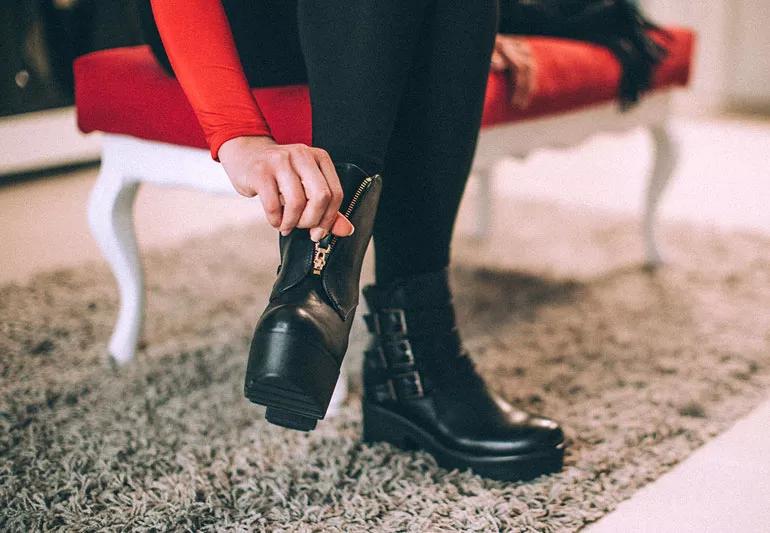
Boots always look great. The big question, though, is do they feel great?
Advertisement
Cleveland Clinic is a non-profit academic medical center. Advertising on our site helps support our mission. We do not endorse non-Cleveland Clinic products or services. Policy
If you’re making decisions with your tootsies in mind, the answer to that question should be a resounding YES. It’s important to think of your feet as an important part of your body that deserves a little TLC.
“Foot health should always be a priority — and that’s especially true when you’re shopping for footwear,” says podiatrist Nicole Nicolosi, DPM. “The decisions you make can have consequences.”
So, before you whip out that credit card for a fab new pair of boots, let’s look at what can keep your feet happy and healthy.
You’re probably not thinking today of how your footwear might contribute to future bunions or hammertoes. You’re probably not too worried about those stylish kicks putting stress on your knees, hips and back, either.
But there’s no doubt that wearing flimsy or ill-fitting footwear day after day takes a toll on your body.
“It’s all about alignment and support for your feet,” says Dr. Nicolosi. “If things are off, it adds extra stress to every step. Over time, that can eventually lead to various deformities and chronic pain.”
Knowing which boots are best for your feet can be a walk in the park if you know the basics. Here are some pointers on how to choose — and rock — boots that are both good-looking and good for your foot health.
Advertisement
Let’s start with the basics. In general, Dr. Nicolosi says to look for a boot with:
Use these five tips for buying and wearing boots:
If you want to decide which boots are best for your feet and have a specific style in mind, here’s a quick guide that’s a bit more fashion-focused.
Wearing heels comes with a definite cost.
Putting your feet at that awkward angle can tighten your Achilles tendon over time, which opens the door for Achilles tendonitis. It can also worsen capsulitis (inflamed joint capsule) and neuromas (thickened nerve tissue between toes).
And high-heeled boots can cause bunions, as well as make them worse.
Nobody questions the popularity of warm-and-fuzzy shearling boots. But when it comes to the health of your feet … well, the story is anything but warm and fuzzy.
Sheepskin boots typically offer next to nothing in the way of arch or ankle support. (That lack of stability can lead to a rolled-ankle walking style dubbed the “UGG® shuffle” after one of the more popular brands).
Another negative? That cozy interior that’s great for your feet is also ideal for bacteria and fungi. That can lead to infections, rashes and some pretty stinky boots, notes Dr. Nicolosi.
Pro tips: If you’re going to wear sheepskin boots, consider inserts for extra arch support. As far as the bacteria issue, always wear socks to minimize contact between the interior and your skin. Oh, and disinfect the boots regularly.
Advertisement
The uber-boosted heels that give wedge booties such a distinct look can put added pressure on your forefoot. They also provide little in the way of side-to-side support — which can be an issue if your feet are flat or your ankles are unstable.
Avoid wedge booties, too, if you’re dealing with previously mentioned issues such as neuromas or capsulitis.
Your feet will appreciate the lower heel seen in most riding boots. A rounder, extra-deep toe box also makes this style of boot a great choice if you’re dealing with issues like bunions or hammertoes.
But the insole is often flat and too rigid, which can cause foot pain such as plantar fasciitis. An investment in insoles can help with that, though.
Traditional cowboy boots offer pointed toes for a reason: It makes it much easier to slip your feet into the stirrups when riding a horse. (Makes sense, right?)
But in today’s world, of course, it’s much more likely that your Bronco or Mustang has an engine and gas pedal — so that narrow toe area is more of a potential problem than a get-on-the-horse solution.
“Long-term, this sort of impingement on your toes can result in inflammation or thickening of nerves in your forefoot,” notes Dr. Nicolosi. “You may end up feeling numbness, tingling and burning.”
Advertisement
The shape of cowboy boots also makes them a poor choice if you have bunions or hammertoes. Arch support can be an issue, too.
If a pair of boots doesn’t seem like it fits right in the store, don’t expect that to change when you get them home. Extreme cuteness will not add comfort, either.
“Your body’s sending you a message when a boot doesn’t feel good,” states Dr. Nicolosi. “Listen to what your feet are saying and put those boots back on the shelf. You’ll find something that fits better.”
Your feet will thank you for it, too.
To hear more from Dr. Nicolosi on this topic, listen to the Health Essentials Podcast episode, “Talking Foot Health and Shoes.” New episodes of the Health Essentials Podcast are available every Wednesday.
Advertisement
Learn more about our editorial process.
Advertisement

Look for good cushioning, sturdy arch support and quality material
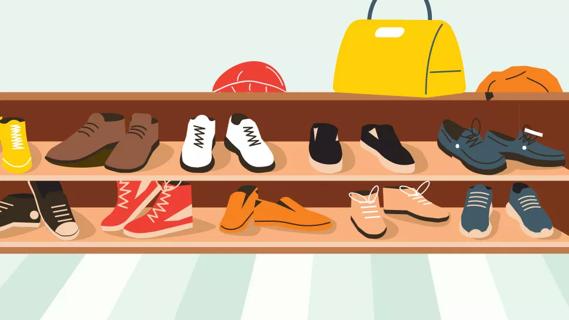
Leaving footwear on invites germs, bacteria, toxins and other unwanted guests into your home
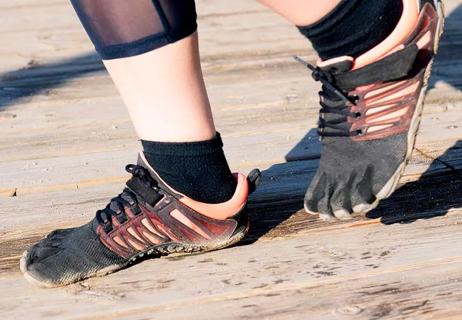
One thing is for sure: This footwear definitely kicks up controversy
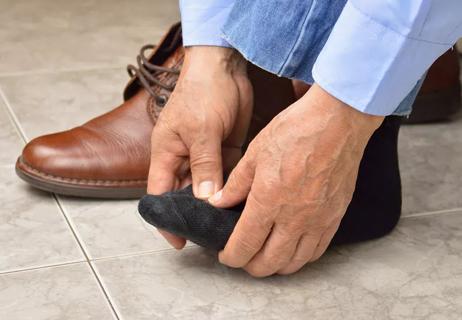
The years can literally reshape your feet
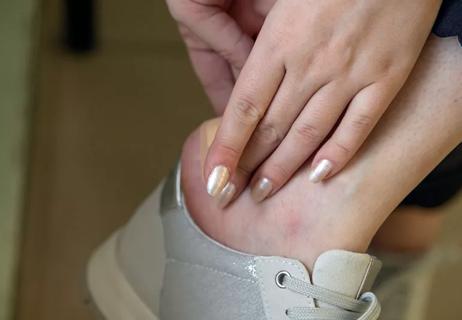
Dulling feeling in your feet could cause problems
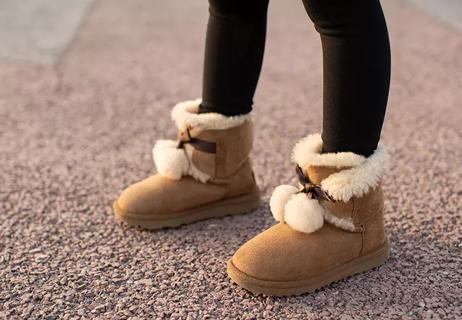
The lack of arch support in the popular footwear can lead to numerous aches and pains
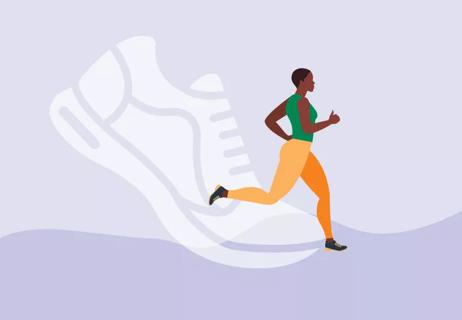
Tips for finding your perfect running shoe

Pick shoes that make your feet happy and are good for your overall health

The best parenting style balances enforcing rules and showing plenty of love

Tips include cutting back on sugar, focusing on exercise and managing stress

It can be harder to let go when you’ve invested time, energy and emotions — but it might be the healthier choice long term